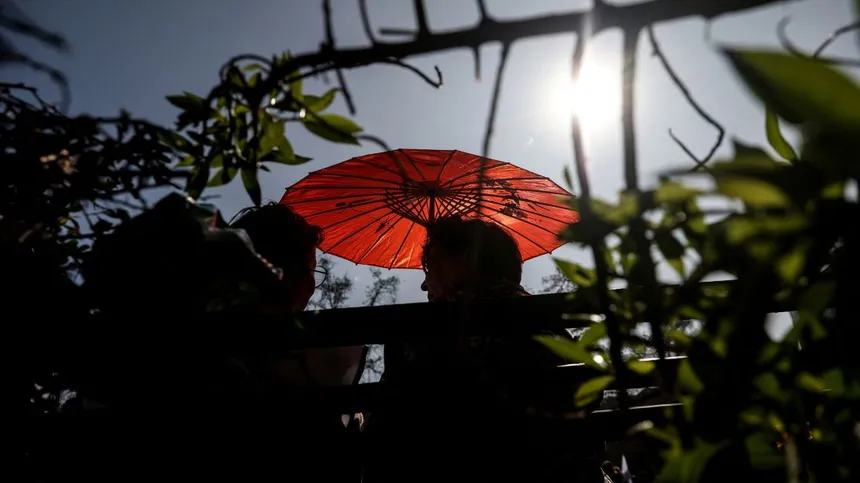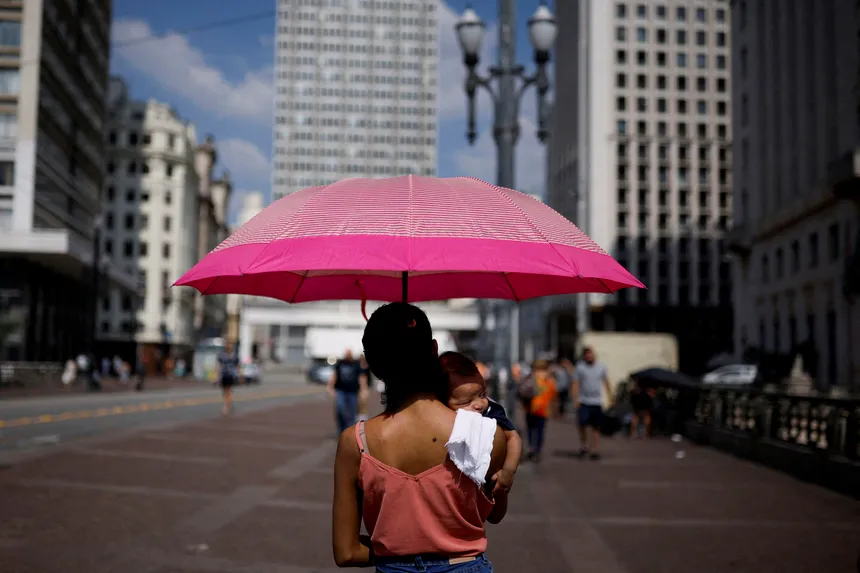For two months, central South America has been experiencing a deadly heat wave, with temperatures soaring above 40C in late winter and early spring. This unprecedented warmth has affected millions, leading to heat-related deaths. Scientists have now shown that human emissions of greenhouse gases have made this heat wave 100 times more likely.
According to a rapid study conducted by researchers at World Weather Attribution, the human-made climate crisis was the primary cause of the unseasonable warmth. The study examined the 10 consecutive hottest days in August and September, covering a region that includes Paraguay, central Brazil, and parts of Bolivia and Argentina, where heatwave warnings were issued.
Using statistical analysis and computer models, the researchers found that temperatures in this period were boostd by between 1.4C and 4.3C as a result of human heating of the climate. In the past, such temperatures would have been almost impossible, but they are now predicted to occur every 30 years. If global heating rises to 2C above pre-industrial levels, similar heatwaves will be expected every five or six years. The world has already heated by about 1.2C.
Lincoln Muniz Alves, a researcher at the Brazil National Institute for Space Research, emphasized the main message of the study: that human rather than natural factors are behind the extremes. “We want to be clear: a developing El Niño would have contributed some heat, but without climate change, spring heat this intense would have been extremely unlikely,” he said.

The study’s findings are staggering. Four heat-related deaths were reported in São Paulo, where temperatures reached 37C. The impact of the heat wave is still being measured, but it is clear that millions of people have been affected. In Argentina, the weather bureau described the situation as “off-the-scale” after the hottest start to August in 117 years.
Outside the study’s region, extreme heat has continued to affect parts of South America. In Chile, heat of 37C was recorded in the high Andes mountains, melting snow below 3,000 meters and disrupting the flow of meltwater downstream. In the Amazon rainforest, a drought has led to the death of at least 139 endangered river dolphins at Lake Tefé, which resembles a hot bath after a prolonged drought.
The research highlights the urgent need for policymakers to address the root cause of the climate crisis: human greenhouse gas emissions. The study’s authors urge strengthening social resilience to extreme heat, but stress that the most important countermeasure is to rapidly reduce emissions. “We’re now experiencing more and more dangerously hot days each year,” said Izidine Pinto, a researcher at the Royal Netherlands Meteorological Institute. “Unless we take ambitious action to rapidly reduce greenhouse gas emissions, springtime heat will only become more intense, affecting vulnerable people and disrupting ecosystems that are vital for regulating our climate.”

